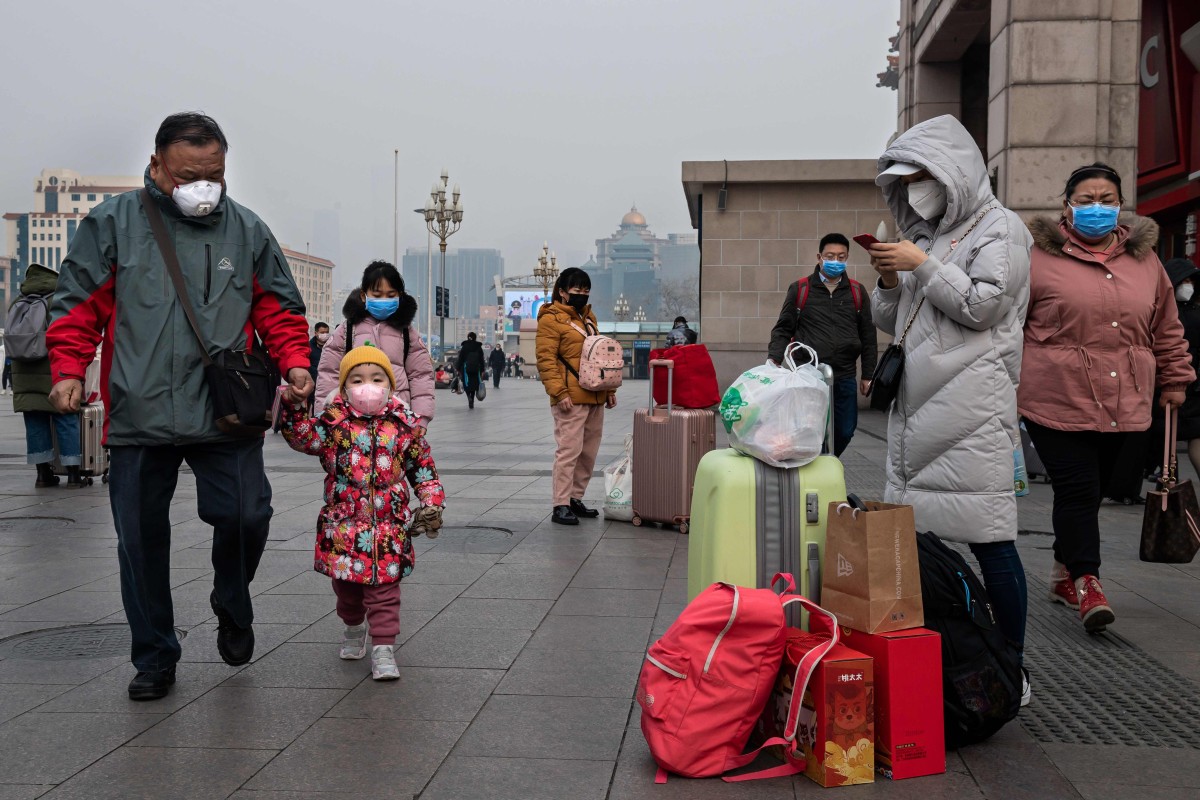
Wuhan virus: Death toll climbs to 106 as confirmed cases surpass 4,000
Hong Kong infectious disease experts advise more intense measures to limit the spread of the coronavirus as medical workers deal with increased workload
 The total number of confirmed cases has climbed to more than 4,200 worldwide.
The total number of confirmed cases has climbed to more than 4,200 worldwide.?xml version="1.0" standalone="yes"?
The death toll from the coronavirus outbreak in China has risen to 106, while the number of confirmed cases has risen to more than 4,174 in China alone.
Most of those who have died are from Hubei province, which is at the epicentre of the outbreak. Hubei health authorities said 24 more people had died from the virus and 1,291 more people were infected in the province on Monday.
Hong Kong infectious disease experts are urging the government to take “draconian” measures against the spread of the deadly new coronavirus from the mainland Chinese city of Wuhan, citing research estimating that 44,000 patients could be infected there – far higher than official figures.
Wuhan virus: a timeline of the outbreak
University of Hong Kong academics on Monday estimated that the number of patients in Wuhan had reached 43,590 by Saturday, including those in the incubation stage of the virus, which causes pneumonia.
Lead researcher and dean of HKU’s faculty of medicine Gabriel Leung said his team estimated there were 25,630 patients showing symptoms in Wuhan and that the number would double in 6.2 days, according to mathematical modelling based on infection figures worldwide as of Saturday.
Mainland officials earlier said that unlike severe acute respiratory syndrome (Sars) the new coronavirus was infectious during the incubation period. Those infected with the virus might not immediately show any symptoms.
“Substantial, draconian measures limiting population mobility should be taken immediately,” he said, calling for the cancellation of mass gatherings, along with school closures and work-from-home arrangements.
He also said the Hong Kong government’s move to deny entry to all residents of Hubei, of which Wuhan is the provincial capital, along with those who had visited the province in the past 14 days, was a “good start”, reversing his earlier position on closing the border.
Meanwhile, medical workers across Hong Kong have been drawing fortune sticks this Chinese New Year to determine who joins the so-called dirty team to care for quarantined Wuhan coronavirus patients – but staff have criticised the practice and other operational issues.
Wuhan virus: schools closed until February 17 to fight spread of the disease
The city’s already overcrowded public hospitals are coming under increasing pressure having had eight confirmed cases of the new coronavirus amid the winter flu season.
While the Hospital Authority, which operates 43 public institutions, has stressed the situation is under control, frontline medical workers paint a different picture.
Dr Peter Wong (not his real name), who picks his fortune stick soon, said each unit had it own drawing policy, resulting in little fairness or transparency.
Senior staff in some units would not even be required to draw a fortune stick, he said. Others restricted the pool to those who had already been exposed to suspected cases of the virus.
Worse still, because Hong Kong was in the middle of its flu season the workload had increased and doctors were being put to the test with many borderline cases, he said.
“It normally takes just about 10 to 15 minutes to handle a flu patient before deciding whether he or she has to be hospitalised,” he said. “At the same time, [we still have to deal] with people having strokes and those with heart failure are still experiencing heart failure.”
